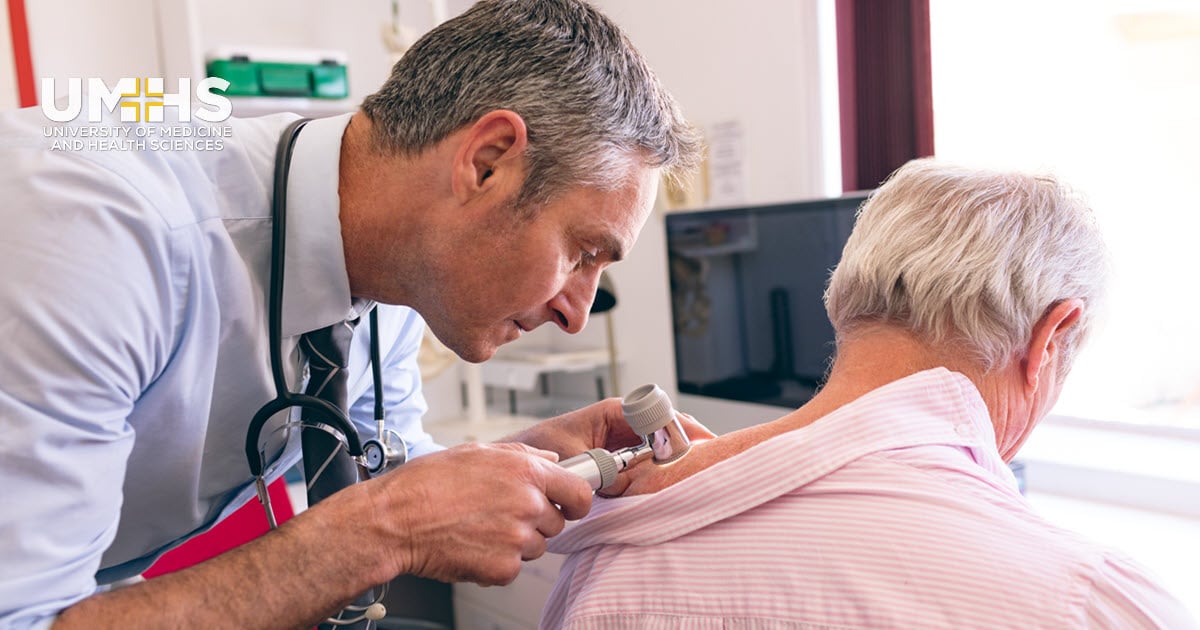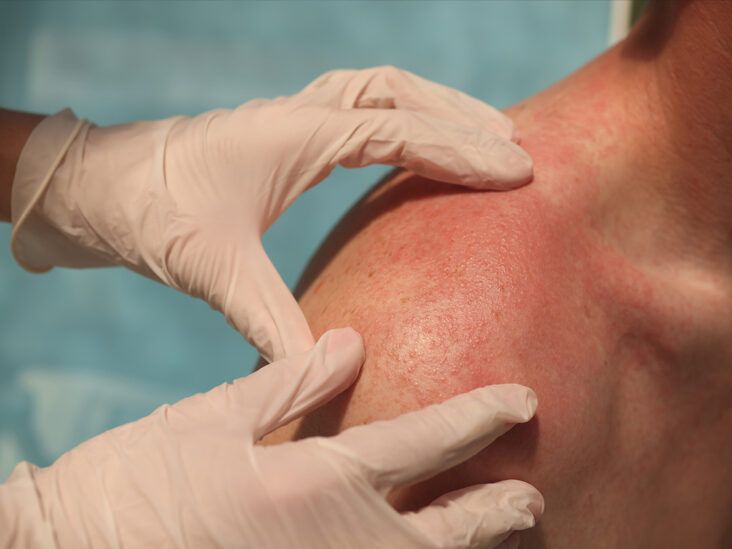Locate a trusted dermatologist near me for treatment.
Locate a trusted dermatologist near me for treatment.
Blog Article
Extensive Dermatology Knowledge: Attending To Acne Issues, Mole Problems, and Dermatitis Symptoms
When it involves skin health, detailed dermatology expertise is key; it empowers people to tackle usual skin issues such as acne, mole irregularities, and dermatitis with confidence. Understanding acne treatments, recognizing prospective skin cancer cells check in moles, and handling dermatitis triggers can significantly enhance skin health - acne treatment. This short article will discover these topics, providing an informative explore the science behind these usual skin concerns - an expedition that guarantees to inform and educate
Understanding the Basics: What Is Acne, Moles, and Dermatitis?
While many individuals may be familiar with the terms acne, moles, and dermatitis, understanding what they in fact are is a different issue entirely. Acne is a skin problem characterized by swollen or infected oil glands, commonly visible as acnes or spots, mostly on the face, back, and breast. Moles, on the various other hand, are small skin developments created by collections of pigmented cells; they can appear anywhere on the body and vary in color and dimension. Lastly, eczema, additionally referred to as atopic dermatitis, is a chronic problem creating irritated, scratchy skin, commonly happening in action to toxic irritants or allergens. While these problems prevail, they can have varying levels of extent and effect on an individual's life.
The Science Behind Acne: Causes, Types, and Therapies
The complicated scientific research behind acne starts with recognizing its formation mechanism. This complex procedure, affected by numerous factors, causes various sorts of acne. The post will likewise discuss effective treatments offered to handle and treat this common skin problem.
Acne Formation System
An overwhelming majority of people will certainly experience the typical skin problem referred to as acne at some time in their lives. Acne development begins with the overproduction of sebum, an oily material produced by sebaceous glands in the skin. This excess sebum, together with dead skin cells, blocks the skin's pores. When these clogged up pores ended up being contaminated with Propionibacterium acnes, a bacterium normally present on the skin, swelling occurs, resulting in noticeable acne. There are various sorts of acne, consisting of blackheads and whiteheads (non-inflammatory), and papules, pustules, blemishes, and cysts (inflammatory) Hormonal adjustments, specifically during adolescence or menstruation, can aggravate acne by causing enhanced sebum manufacturing. Comprehending this system is important for developing effective treatments, a topic to be reviewed later. skin cancer check.

Efficient Acne Therapies
Virtually every person will come to grips with acne at some factor, making a clear understanding of effective acne treatments essential. Various therapies target various aspects of acne, such as swelling, oil manufacturing, and germs. Topical therapies like benzoyl peroxide and salicylic acid can remove microorganisms and unclog pores. Prescription antibiotics can battle inflammation and germs. For serious instances, isotretinoin, a powerful medication, can lower oil manufacturing. Non-drug therapies consist of light therapy and chemical peels. It is very important to bear in mind that not all therapies will certainly help everybody, as acne's reasons and seriousness vary. Skin specialists usually customize therapies to specific demands. Constant use of the chosen treatment and perseverance are vital to seeing renovation.
Mole Matters: Recognition, Assessment, and When to Look For Medical Interest
Moles, typical skin developments, require mindful identification and routine evaluation for optimum skin wellness (mole removal). Recognizing the regular appearance of one's moles, together with any kind of changes that might take place, is vital. Prompt medical interest needs to be looked for when certain signs, which will certainly be talked about, are discovered
Recognizing Mole Recognition
Just how does one identify between a harmless mole and one that may call for clinical attention? Comprehending the characteristics of normal moles is essential. A common mole is typically rounded or oval, has a smooth edge, and is no larger than 6mm in size. The shade ought to be regular and can vary from pink, tan, brown, or black. Moles normally show up throughout youth or teenage years, and by adulthood, a lot of individuals have in between 10 to 40 moles. Moles that change in size, shape, or shade, come to be itchy or hemorrhage, or appear after age 30 can be startling. These irregularities do not immediately suggest skin cancer but are factors to consult a skin specialist. Understanding mole identification is the initial action in skin health monitoring.
Doing Routine Mole Evaluations

Acknowledging Crucial Medical Signs
When should one look for medical attention worrying moles? It is necessary to speak with a skin specialist when irregular functions are seen. These may consist of asymmetry, uneven boundaries, differing shades, a size larger than 6mm, or evolving size, shape, or shade. Referred to as the ABCDE's of mole examination, these adjustments may aim to deadly cancer malignancy, a lethal type of skin cancer cells. In addition, any type of bleeding, itching, or non-healing sores related to moles require immediate medical attention. An individual should also be mindful if new moles show up after the age of 30 or if there's a sudden increase in the number of moles. Routine self-examinations coupled with specialist assessments ensure early detection and reliable treatment of possible skin irregularities.
Dermatitis Explained: Causes, Signs, and Managing Flare-Ups
Although eczema might show up as a straightforward skin irritation to the inexperienced eye, it is, in truth, an intricate skin-related problem with a multitude of possible reasons. Dermatitis, also referred to as atopic dermatitis, is generally created by a mix of hereditary and ecological aspects. Managing dermatitis typically entails recognizing and staying clear of triggers, preserving a good skin care regimen, and utilizing suggested treatments.
Practical Skin Care Tips to Stop and Handle Acne, Moles, and Dermatitis
Comprehending and dealing with skin disease such as acne, moles, and eczema call for functional and effective skin treatment routines. Routine cleaning with mild, non-irritating items helps preserve skin wellness and prevent acne. Sunscreen application minimizes mole threat and minimizes eczema flares triggered by sun exposure. Hydrating, especially for those with eczema, is important to maintain skin hydration and barrier feature. A well balanced diet rich in anti-oxidants can improve skin health and wellness and lower inflammation, possibly reducing acne and eczema severity. Regular skin checks aid in very early mole discovery, possibly get more protecting against skin cancer cells. While these pointers can minimize skin troubles, they're not an alternative to specialist skin-related guidance. Always seek advice from a skin specialist for consistent or severe skin problem.
Specialist Dermatology Treatments: A Summary of Modern Solutions
What are the modern-day options supplied by specialist dermatology therapies? Dermatologists today have a wide variety of effective treatment options to deal with numerous skin problems. For acne, retinoids and anti-biotics are prescribed to regulate the problem, while chemical peels and laser treatment are made use of for extreme cases. With moles, specialist removal is executed if they present a wellness danger. This can be done via surgical excision or laser removal. On the various other hand, eczema is frequently treated with topical corticosteroids to take care of signs and symptoms, and photo-therapy for persistent instances. In addition, improvements in biologics have actually revealed assurance in treating severe eczema. All these treatments are under the expert guidance and care of skin specialists, ensuring safe and reliable administration of skin problems.
Conclusion
Acne administration needs expertise of different therapy choices, while mole examination can lead to early detection of skin cancers. Thorough dermatology understanding is vital for preventing and managing these skin conditions, highlighting the need for expert skin doctor treatment to improve skin health.
Report this page